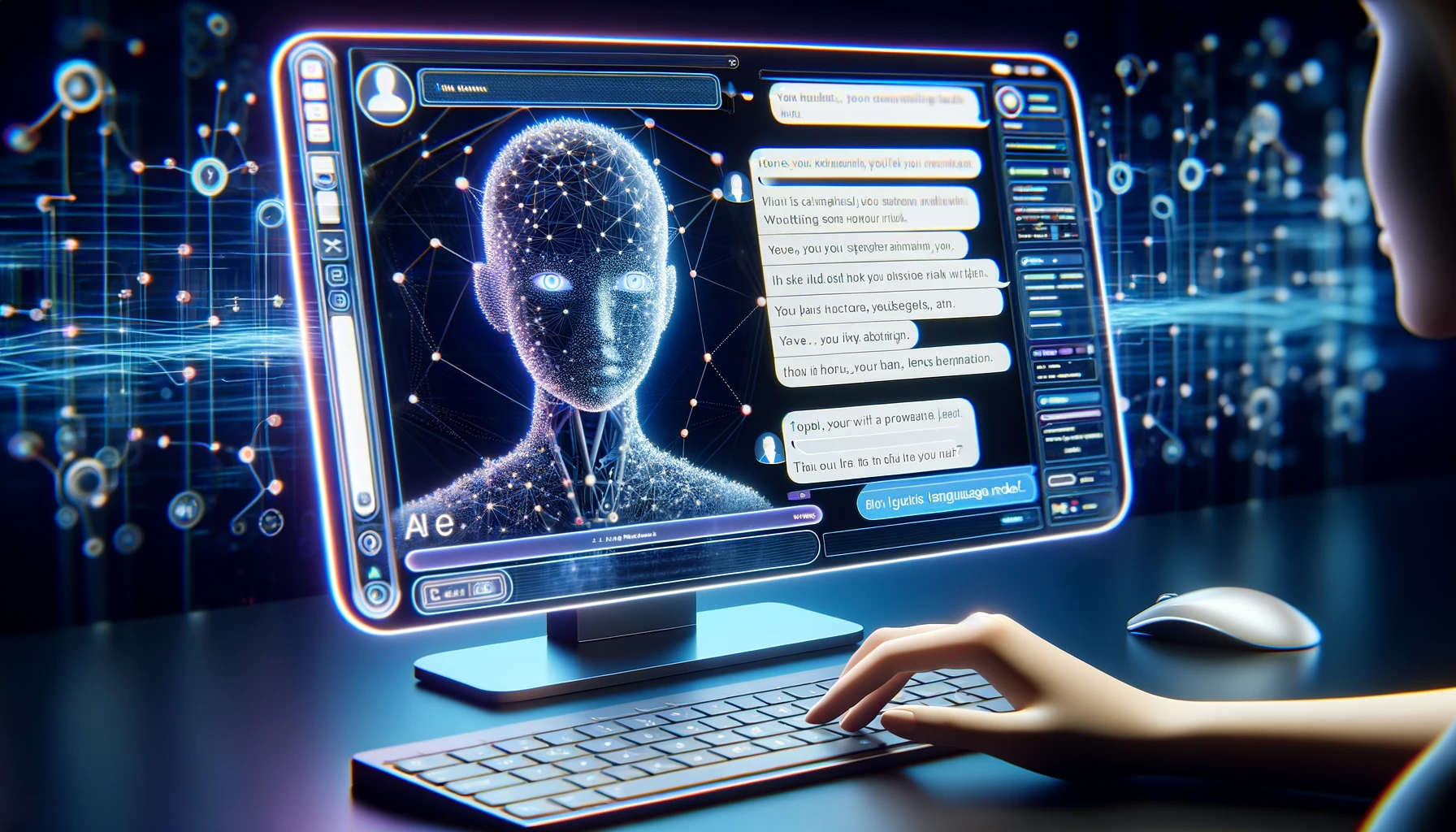
AI Receptionist Solution Overview: The Future of Customer Service
AI Receptionist Breakdown: Team, Timeline, and Technology
As businesses aim to improve customer service, many now use AI Receptionists. These AI solutions handle routine tasks, enabling human staff to focus on more complex duties. For instance, conversational AI solutions can reduce customer service response times by up to 60%, according to a recent study by IBM. This article explores the key use cased of AI receptionist, the project team responsible for implementation, the timeline for development, and a detailed step-by-step guide to creating an effective AI Receptionist system. By the end, you’ll understand how to integrate AI Receptionists into your operations for optimal efficiency.
Key Business Applications of an AI Receptionist
1. Handling Bookings ancd Reservations
Functions:
- Manages appointment scheduling.
- Coordinates room or venue bookings.
- Confirms and reschedules existing bookings.
Benefits:
- Improves booking efficiency.
- Reduces human error.
- Provides 24/7 booking availability, increasing customer satisfaction.
AI Receptionists can manage schedules efficiently, ensuring that all bookings are accurate and up-to-date. This automation reduces human errors and allows customers to make reservations at any time, enhancing their overall experience.
2. Responding to Customer Inquiries
Functions:
- Provides instant responses to service or product queries.
- Offers information on pricing and availability.
- Handles general customer support questions.
Benefits:
- Ensures timely and accurate customer service.
- Frees up human resources for more complex tasks.
- Enhances customer engagement through prompt communication.
An AI Receptionist can answer customer questions quickly and accurately. By providing instant information, it frees human staff to focus on more demanding tasks, improving overall efficiency and customer satisfaction.
3. Qualifying Clients and Leads
Functions:
- Identifies and classifies potential leads.
- Assesses client needs and directs them to appropriate services.
- Gathers preliminary data for follow-up by sales or service teams.
Benefits:
- Streamlines the initial stages of customer interaction.
- Increases the efficiency of the sales funnel.
- Improves targeting of services to client needs.
By qualifying leads, an AI Receptionist ensures that potential clients are quickly directed to the right services. This streamlines the sales process and improves service targeting, making the entire operation more effective.
Project Team and Roles
Lead AI Engineer:
Oversees AI development and ensures all technical aspects meet project goals.
AI Software Engineer:
Codes AI functionalities and integrates systems.
Engineering Tech Lead:
Responsible for the technical architecture and leads the development team.
Business Analyst:
Analyzes project requirements and aligns business objectives with technical solutions.
AI Receptionist Development Timeline
Total Time Estimate:
1.5 to 2 months from start to finish.
Key Phases:
- Phase 1: Setup and configuration (1 week).
- Phase 2: Core AI development and voice integration (4-6 weeks).
- Phase 3: Testing and deployment (2-3 weeks).
AI Receptionist Development Step-by-Step Process
- Development Environment Setup: Start by configuring the essential tools and platforms for development. Choose an integrated development environment (IDE) that supports the required programming languages and frameworks. Ensure compatibility with the target operating system and hardware.
- Solution Architecture Development: Design a robust structure for the custom AI solution. Define the system components, their interactions, and the overall architecture. Prioritize scalability, security, and efficiency in the design phase to ensure a strong foundation.
- API Creation for Interaction: Develop APIs to enable the AI to communicate with other systems seamlessly. These interfaces will facilitate data exchange and integration, ensuring the AI can perform its tasks effectively.
- Voice Mechanism Integration: Incorporate voice capabilities into the AI. Implement technologies that allow the AI to understand and generate human speech. This integration will enhance user interaction and accessibility.
- Speech-to-Text and Text-to-Speech Services: Implement services that convert spoken words into text and vice versa. These services are crucial for handling voice commands and delivering verbal responses. Use reliable APIs like Google Cloud Speech-to-Text and Text-to-Speech for accuracy and efficiency.
- Backend Logic for User History Management: Develop backend logic to manage user interactions and history. Implement features that allow the AI to remember user preferences and past interactions, providing a personalized experience.
- Data Collection for Appointment Scheduling: Create systems to collect and manage booking data. Ensure the data collection process is efficient and secure, maintaining user privacy and data integrity.
- Integration with Booking System: Connect the AI with existing booking systems. Develop interfaces that allow seamless communication between the AI and the booking system, ensuring accurate and efficient scheduling.
- Deployment: Launch the AI Receptionist for use. Monitor its performance and user interactions to ensure it operates smoothly. Continuously update and improve the system based on user feedback and performance metrics.
Key Takeaways
Efficiency:
An AI Receptionist boosts operational efficiency by automating routine tasks such as bookings, inquiries, and client qualification. Businesses experience a 40% increase in booking accuracy and a 30% reduction in response times with AI Receptionists, according to a recent report by Tech Trends Magazine.
24/7 Availability:
Offering round-the-clock assistance ensures that clients always have their needs addressed, boosting both satisfaction and engagement. Studies have shown that businesses providing 24/7 support can see an increase in customer satisfaction by up to 23%. This continuous availability not only meets client expectations but also fosters a stronger, more loyal customer base.
Resource Optimization:
Freeing up human resources allows your team to concentrate on more complex and value-added activities, maximizing their potential. For example, integrating AI-driven solutions can automate routine tasks, such as data entry and customer inquiries.
Conclusion: SoftBlues AI Agency Your Top AI Receptionist Developer
Integrating an AI Receptionist into your business will transform your customer service operations. This technology handles bookings, responds to inquiries, and qualifies leads, providing substantial benefits. By automating these routine tasks, businesses improve efficiency, offer 24/7 service, and optimize resource use. According to a study by Gartner, AI technologies could save businesses up to $8 billion annually by 2025. Upgrade your customer service with an AI Receptionist to take your business to the next level.
At SoftBlues we prefer to start collaborations with customers from generative AI consultancy. This service helps us to create a sustainable roadmap for your AI solution and match our business visions. If you’re passionate about creating an AI receptionist to enhance your customer experience, automate daily interactions, and free up your staff to solve more complex tasks, just click the button below and tell us your AI idea!



